Everything You Need To Know About Ailerons
Pilot Institute
FEBRUARY 20, 2025
At first glance, ailerons look like ordinary hinged panels on the wings, but don’t be fooledthey’re important for keeping an aircraft both stable and maneuverable. These control surfaces dictate the aircraft’s roll, and this allows it to bank smoothly through turns or even recover from turbulence. What Is an Aileron?




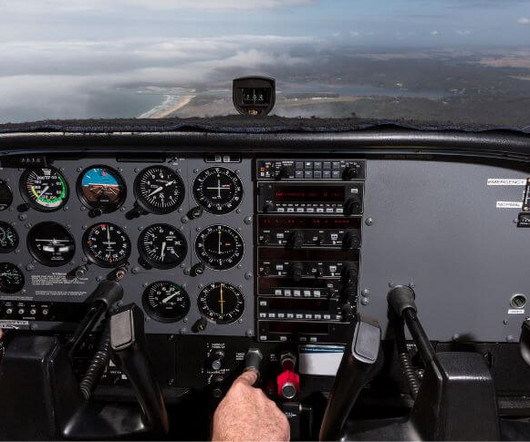



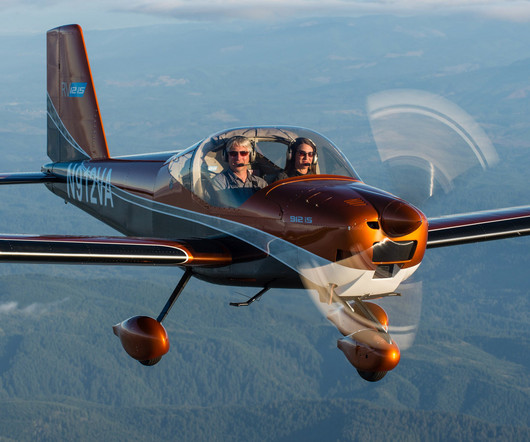

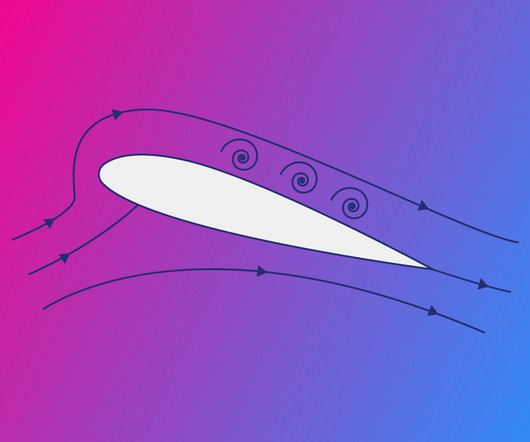
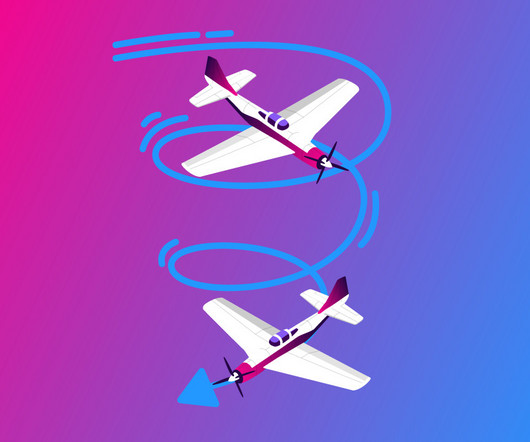

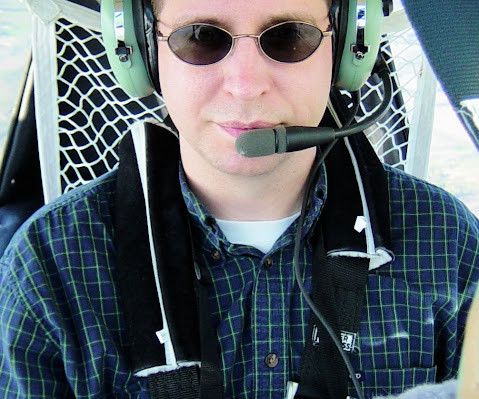





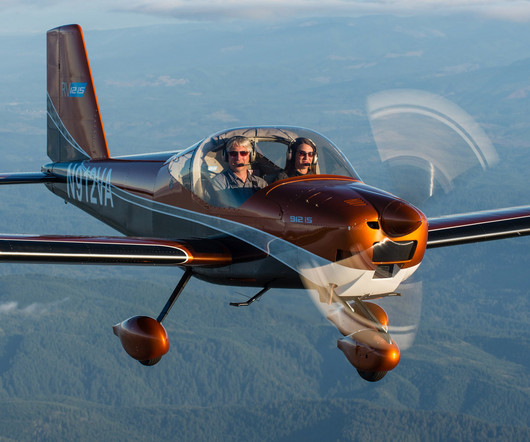



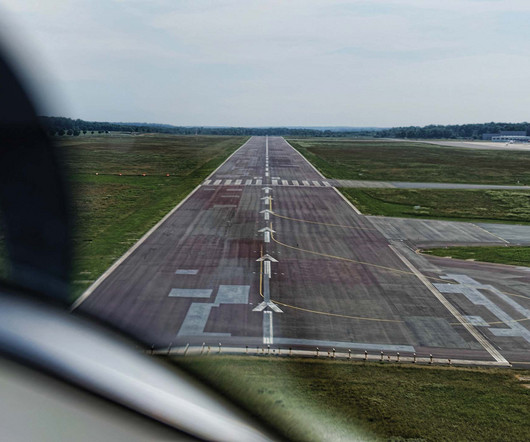











Let's personalize your content